Interview: Prasanta Ghosh | Kolkata, India
An eclectic artist who draws inspiration from a large variety of improbable sources, Prasanta Ghosh studied art at The Indian College of Arts and Draftmanship in Kolkata. He then pursued his artistic work at the University of Baroda, where he graduated with a Master in Fine Arts in May 2016. He has been an active member of the Emergent Art Space community since its inception four years ago.
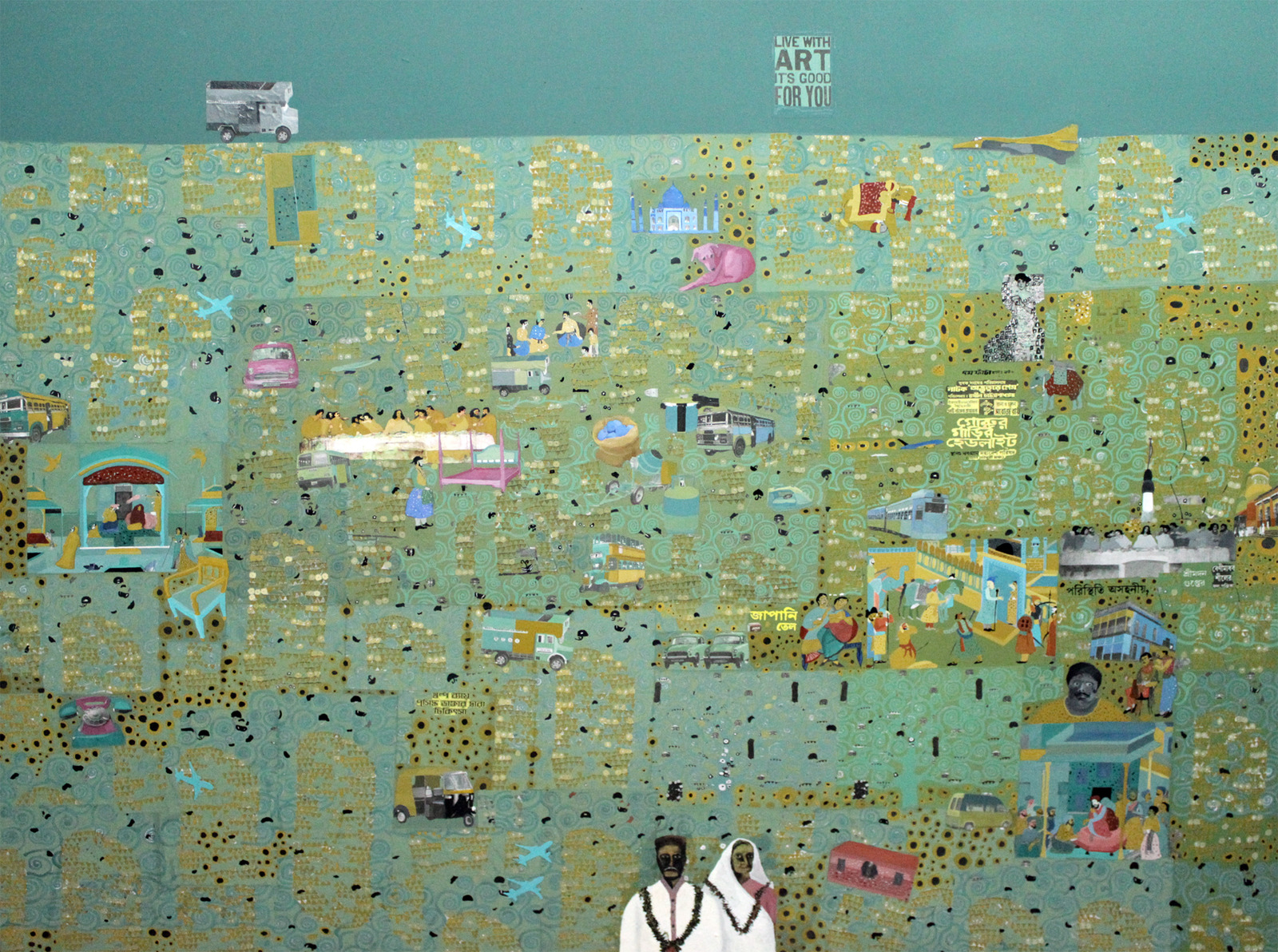
When did you realize that you wanted to be an artist?
I never ‘decided’ that I wanted to be an artist, but yes, art is the power of my life. I always loved art, and had confidence that I could work with a diversity of media throughout my work. It is always the process of scribbling that persists; and perhaps this is what helps me to continue to create art in my life.
Your work uses a variety of media. How do you choose your media and surfaces?
From the beginning, I have done whatever worked. I always liked to create several layers of surface, each of which holds its individual significance. The layers I choose depend on various aspects of the work: how I want it to look, whether translucent or opaque, its character, and also the context. Depending on these aspects, I start choosing my materials and media. The choice may also be time related: a certain time, in a certain space, what I am thinking at that time, and how my thoughts relate to my surroundings.
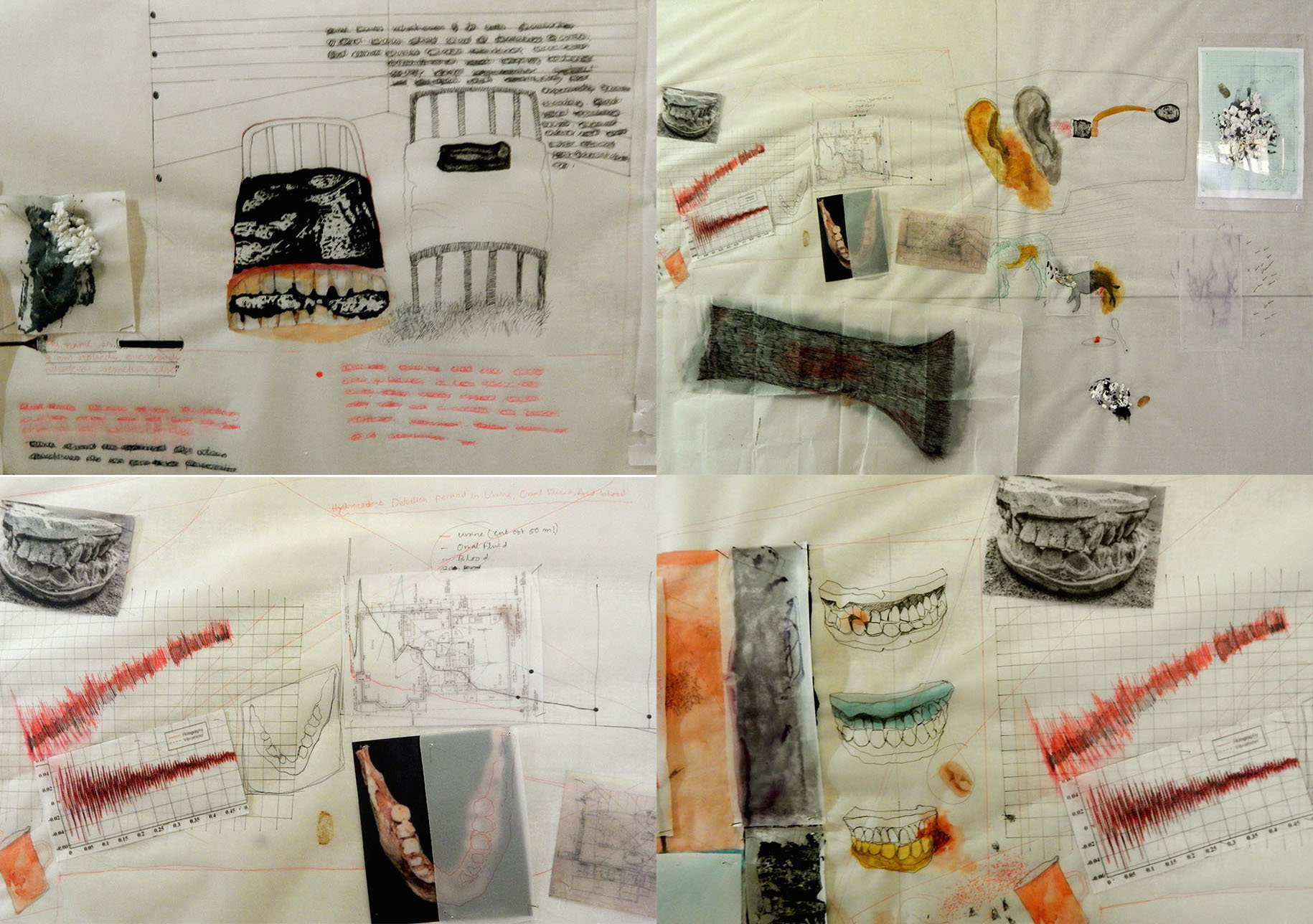
The surface becomes a very important part of my work. In my last series, for example, most of the works were created using tracing paper. It is a series about discarded objects, those that surround us in our daily life and play an important role in our existence, yet go unnoticed. Rejected or hidden, used or unused, these objects are a very sensitive part of our lives. I feel as if they have become translucent in the course of our life. That means that they are present, yet in a haze. The best way to represent them, I felt, was through the medium of tracing paper.
You have very strong social commentary in your work. Where do you draw most of your inspiration from?

I cannot say that I was inspired by any specific person, but I think that neglected events and overlooked issues are often reflected in my work. It may be political issues, social issues, or very intimate personal issues. The series of my works that uses sex leaflets distributed on the streets (we take and throw them out without looking) refers, for example, to the historic Kamasutra paintings. Those are leaflets that talk about sex diseases or problems in sex life, with the contact information of a funny named doctor. I see that people have different attitudes towards these leaflets. Most don’t even look at them before throwing them away. A sense of shame, shyness and dilemma work on their minds... I thought of creating some fake sex leaflets, where by displaying them I compel people and viewers to look at them without escaping. It is as in the Kamasutra, where sex is shown boldly, although through a divine perspective, but nobody could ignore what is been shown. In my most recent series, the objects rejected by our bodies are given the importance that I believe they deserve.
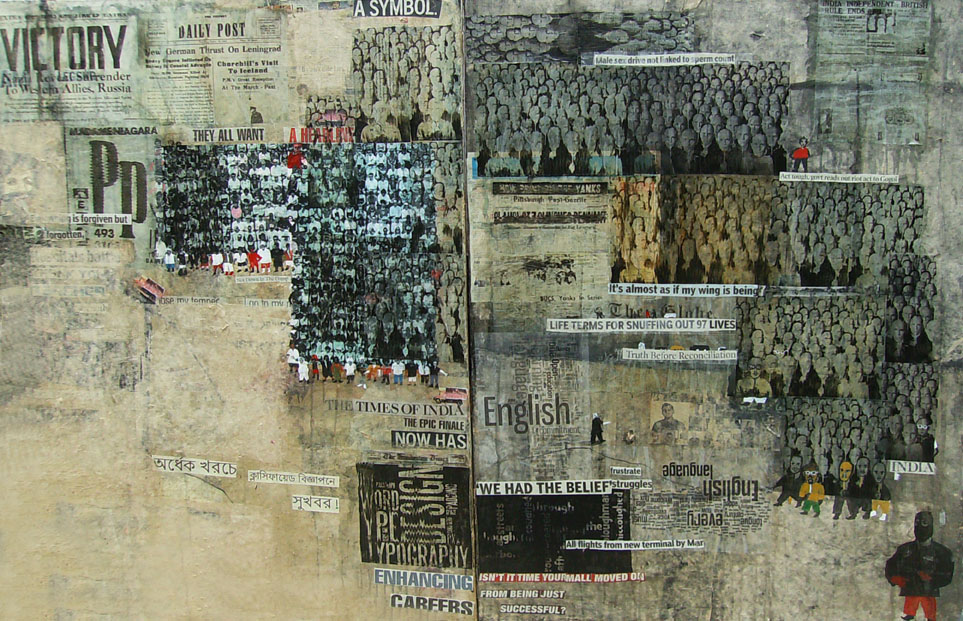
How much of your work has been shaped by what you have seen in the papers and the news?
Newspapers definitely have had a role in my work. It was through images and quotations from newspapers that I could express irony. Many social incidents are projected in different ways through the random selection of newspaper words.
As I look at your work, I am reminded that art transcends language. How do you think viewers from different backgrounds see your work?
I think viewers play an important role, as varying perceptions by different viewers add more layers to the works. I can project my thoughts in my work but I cannot restrict the ways it is seen by others. I enjoy and appreciate viewers coming up with different perceptions and interpretations, which they can relate to their lives.
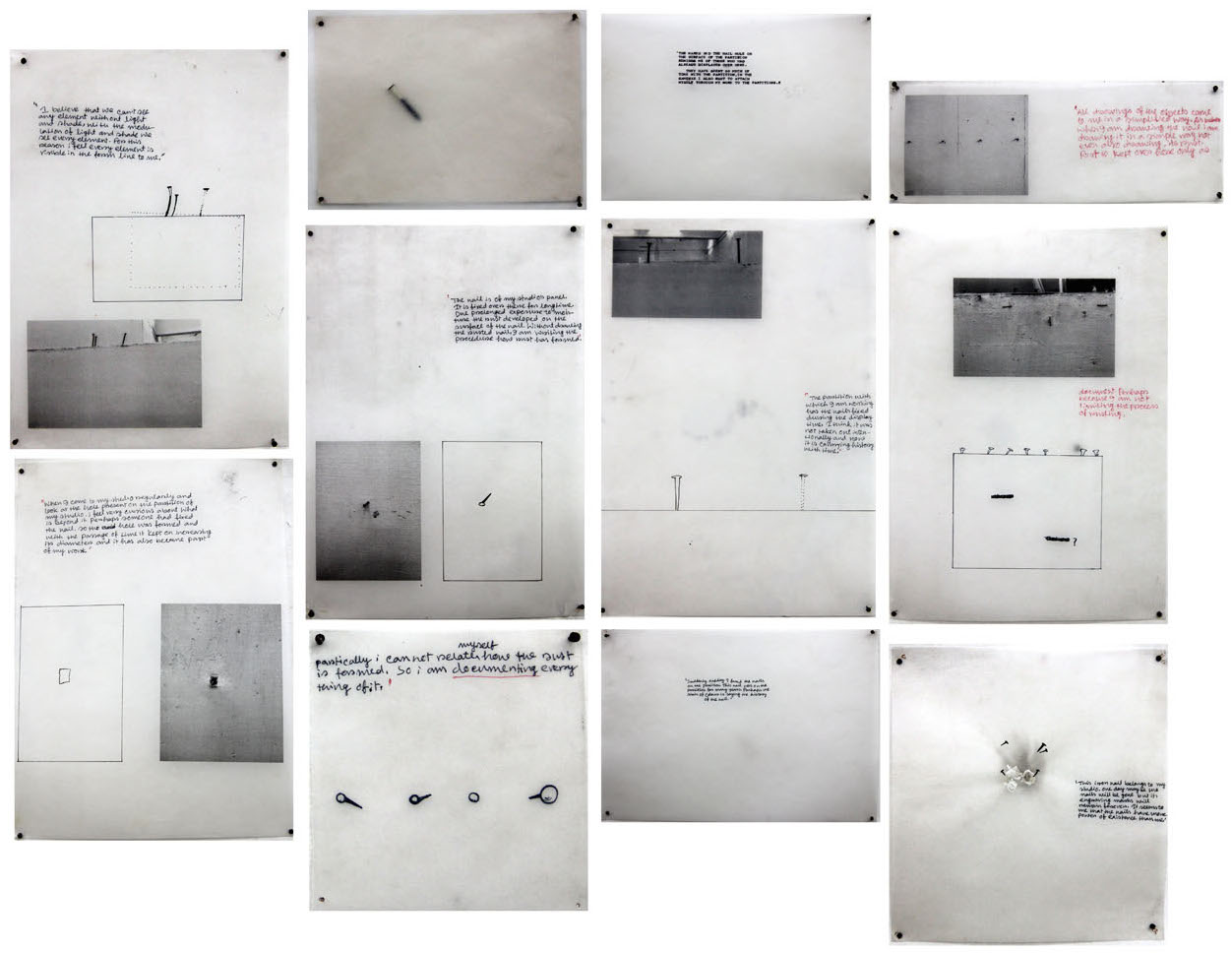
At the ‘Translations’ exhibition in Kolkata you have presented two very different works. Can you tell us something about them? In particular, what attracted you to work on the reinterpretation of the ‘still lives’ by the Italian artist Giorgio Morandi?
Firstly, I would like to say that I don’t believe in any specified style, so all my works come up looking very different from one another. In the exhibition ‘Translations’ I had one video accompanied by drawings, and a series of paintings which reinterpreted Morandi’s still lives. The video, “Time and Space”, related to the time, space, and memories of the some parts of my studio in Baroda. When I started my Master’s program at the University of Baroda I was given a studio, where I found innumerable holes throughout the partition board that separated it from the next space. There were also many nails and worn out material in the room. It was then that I realized how memories were embodied within that board, within those holes. Those holes were certainly used for the displays of the works by numerous previous students who used to work there. Maybe their work, their thoughts, were nailed over there. Thinking about it inspired me to create a video along with the scribbled drawings.
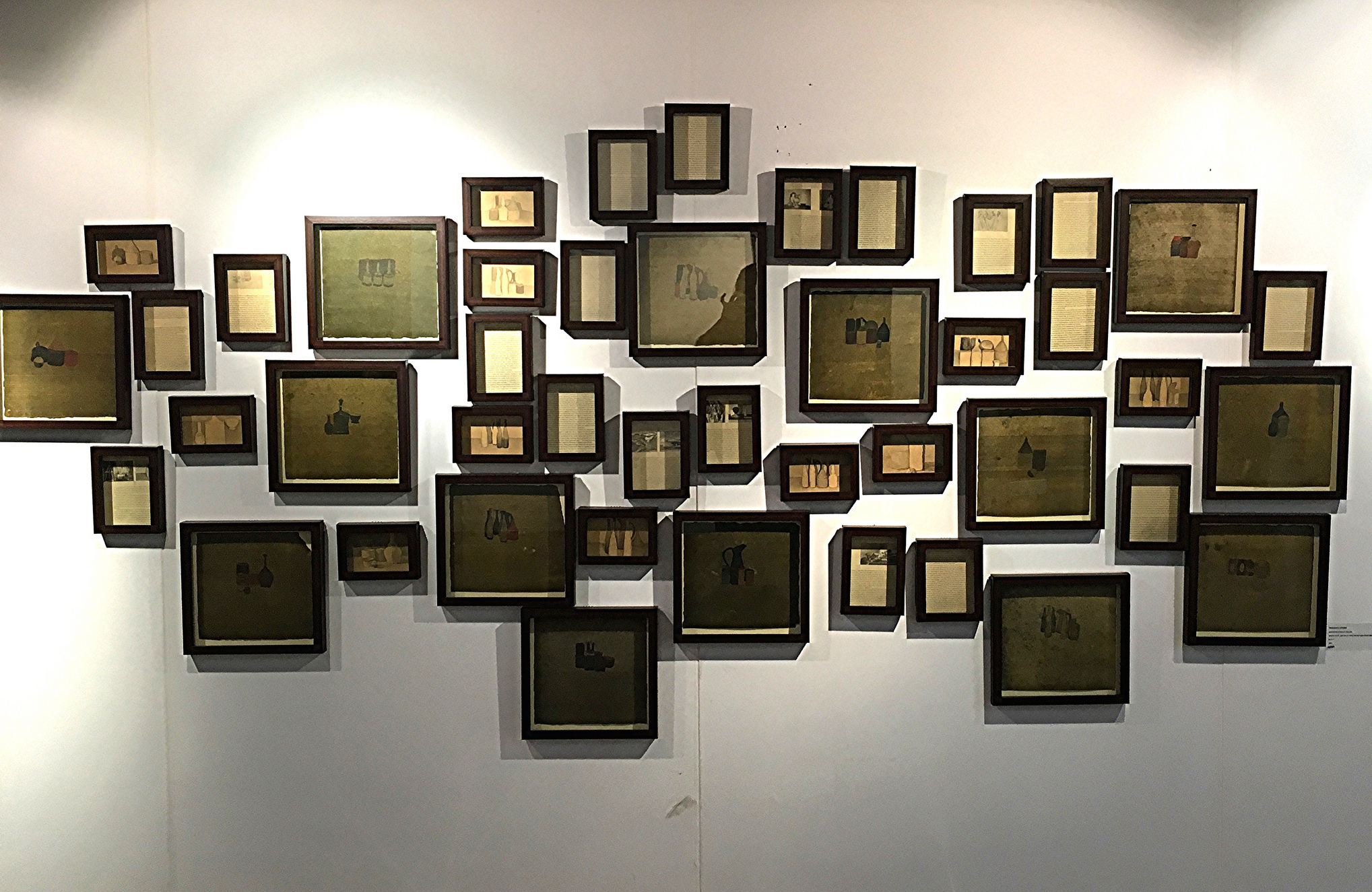
My other work was “Reinterpretation of Still Life by Giorgio Morandi.” From the beginning, certain characteristics of Morandi’s work inspired me: the minimalism, the overlapping and repetitive use of the same objects, the depersonalization. It was the repetitive character of Morandi’s works which led me to think about reinterpretation as creation. I thought of doing this using a different medium, and I chose wash painting. As the technique of wash painting involves various layers of work, I felt that the various layers of history would in the same way be embedded in it. The time transition may be another reason why I was attracted to reinterpreting Morandi’s work.
How have your recent studies at the University of Baroda affected your work?
Many things affected my work during the Master's program in Baroda. Previously, the wit of my images and the irony of reinterpretation used to repeat themselves in my works, but then I started to pay attention to the objects, their characters, and the space around me. Now, while working, I realise that I have an integrated relationship with the images and the surrounding objects. Thanks to a different environment and experience, I have become much more aware of my surroundings. I think this will greatly help me delve deeper into the subjects I am dealing with. I hope to continue to work through the process of experimenting with different forms and practices.